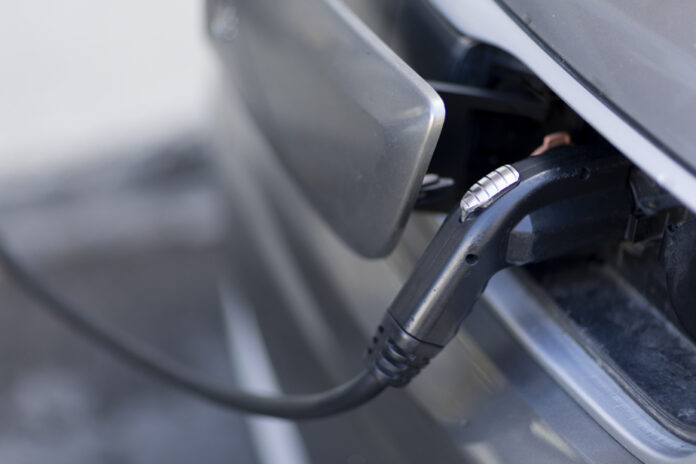Being wiped off the map by something new, a bit like the BlackBerry after the arrival of the iPhone: can this scenario materialize in the Quebec battery industry, which is betting billions on the lithium-ion niche? The arrival of new technologies that will rival the lithium-ion battery is undeniable, but it will not be relegated to oblivion anytime soon.
The billions put on the table by the Legault government to attract players like General Motors (GM), Ford and Northvolt to Quebec should not be at risk over the coming decades, according to experts consulted by La Presse.
“When a manufacturer puts hundreds of millions on the table for a battery or materials factory, you can expect them to try to extract all the value,” says Bentley Allan, assistant professor of political science and affiliated with the Institute for Environment, Energy, Sustainability, and Health at Johns Hopkins University. “Manufacturers typically invest over a 20-year period. »
In the automotive sector, the lithium-ion battery – which includes nickel-manganese-cobalt (NMC) and lithium-iron-phosphate (LFP) batteries – is popular thanks to its superior energy density. In other words, it can store more energy per kilogram of battery, especially on the NMC side. The number of recharge cycles that it can successfully complete during its useful life is also higher. Rival technologies are still lagging behind.
Lithium-ion is the preferred niche in Quebec. Players like GM and Ford, however, refuse to say which direction we will turn to – the NMC or LFP category. Their respective cathode material factories – the positive pole of the battery – are still under construction in Bécancour. On the South Shore of Montreal, Nano One already produces cathode materials for LFP batteries, which are less expensive.
“Moving lithium will be practically impossible,” says Karim Zaghib, full professor at Concordia University. For what ? Because in terms of density in relation to volume as well as mass, the superiority of lithium will remain. »
Considered one of the architects of the Quebec battery industry, Mr. Zaghib spent more than 25 years at Hydro-Québec in addition to working at Investissement Québec, the financial arm of the Quebec state. The professor is under no illusions: the market will eventually segment itself. However, he believes that the lithium-ion battery will retain its superiority, among other things to power electric vehicles.
According to McKinsey, annual growth in demand is expected to be around 30% by 2030. By the end of the decade, the market is expected to be worth more than US$400 billion. Standard
This proportion will eventually change. All over the world, other projects are already underway. As recently as November 18, Chinese giant BYD announced the construction of a sodium-ion battery factory. Northvolt, which is to build a battery cell mega-factory on the South Shore of Montreal, has also developed its first sodium-ion product.
This mineral costs less than lithium, but it is heavier and bulkier.
“We must not forget that it generally takes 15 years to commercialize something,” emphasizes Gregory Patience, professor in the chemical engineering department at Polytechnique Montréal who specializes, among other things, in batteries. “When you want to introduce a new product, you also have to demonstrate that you can produce it on a large scale. »
Mr. Allan believes that we should be reassured to see Northvolt showing interest in technologies like the sodium-ion battery.
The experts’ observation is similar with regard to another technology considered promising, the all-solid-state battery, known to be safer than lithium-ion batteries. La Presse reported, in July 2022, that Hydro-Québec was looking for a partner to commercialize its research on solid electrolyte batteries.
In Japan, Toyota claims to have made progress to the point where the automaker could equip some vehicles with an all-solid-state battery around 2025.
“There are still challenges in reducing manufacturing costs and in terms of large-scale production,” emphasizes Mr. Zaghib. We must also be able to design the cells in such a way that they can be integrated into a battery that can be found in a car. »
Market diversification is not based solely on technological advances, adds the professor. A supply chain must also be put in place for a commercial breakthrough to occur. In North America, the use of lithium-ion batteries is in its infancy. This gives an idea of how long it will take for other types of batteries to find a place in the market.















